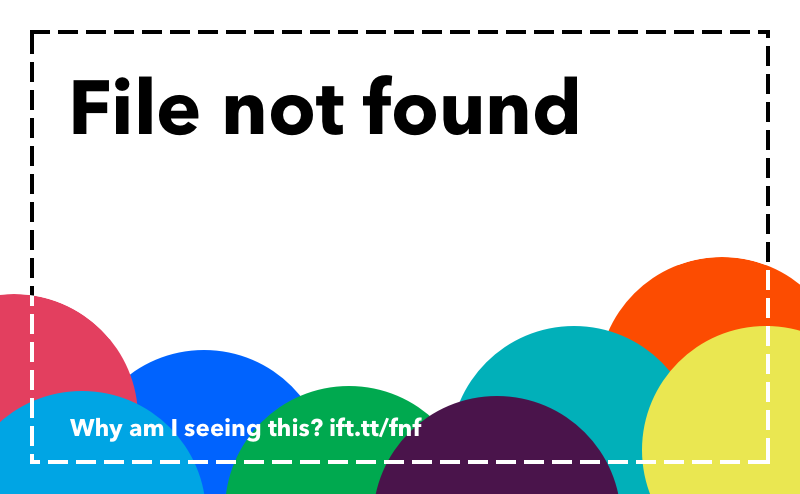
As I reflect on the recent international breaks of the Socceroos and Matildas as well as the recent news of the Japan Football Association looking into leaving the Asian Football Confederation (AFC) and forming a breakaway confederation consisting of East Asia, I looked into the reasonableness of Australia joining this initiative with its diplomatic ally countries from the ASEAN Football Federation and the Oceania Football Confederation to form a larger East Asia-Pacific Confederation.
The JFA has reportedly been considering the process and feasibility of their split from the growing division within the AFC between the East and West Asian nations. This is from both the structure of the international tournaments, continuously starting with a pool stage between teams of the same sub-continent region and the sudden rise to power of multiple Arabic football associations, allowing powerbrokers across the Gulf to compromise the integrity of the game as well as the community supporting it.
Alongside all of this, while the Australians have enjoyed being a part of a higher standard of continental competitions, we are also experiencing a shift back towards the OFC with the recent MoU agreement between the OFC and Football Australia, the variety of PacificAus Sports initiatives across the region and the inclusion of South Melbourne FC in the new OFC Pro League.
The AFC is already split into five subregions that also have a variety of international tournaments outside of the Asian Cup/World Cup, the membership of each regional association categorises each country within a group in which it has significant diplomatic ties and cultural relationships.
These associations are:
– ASEAN Football Federation (AFF); Australia, Brunei, Cambodia, Timor-Leste, Indonesia, Laos, Malaysia, Myanmar, Philippines, Singapore, Thailand, Vietnam
– Central Asian Football Association (CAFA); Afghanistan, Iran, Kyrgyzstan, Tajikistan, Turkmenistan, Uzbekistan
– East Asian Football Federation (EAFF); China, Chinese Taipei, North Korea, Guam, Hong Kong, Japan, South Korea, Macau, Mongolia, Northern Mariana Islands
– South Asian Football Federation (SAFF); Bangladesh, Bhutan, India, Maldives, Nepal, Pakistan, Sri Lanka
– West Asian Football Federation (WAFF); Bahrain, Iraq, Jordan, Kuwait, Lebanon, Oman, Palestine, Qatar, Saudi Arabia, Syria, United Arab Emirates, Yemen
This structure can simplify the confederation split substantially, as instead of each of the 47 individual members determining to stay in the AFC or join the East Asia-Pacific Confederation, this could instead consist of the five regional associations considering whether that subregion is moved into this new confederation or not, with the subregion’s decision to apply to all members of it.
The ideal starting point of the East Asia-Pacific Confederation could be simply consisting of all the members of the OFC, AFF and EAFF groups to form a 35 member-strong confederation that provides international opportunities consistent with each countries’ team strengths. The 25 remaining members of the AFC can either remain as the Asian Football Confederation or absorb the North African members of the already existing Union of Arab Football Associations (UAFA) to form a new Arabic Football Confederation. Overall, FIFA will still be consisting of 6 confederations, and this move can assist bringing more of a competitive balance amongst the confederations.
What will this do for Australia’s World Cup hosting ambitions? The current FIFA rule in regarding to host rights is that no countries within the confederation that a World Cup is hosted in can bid to host any of the two subsequent editions. As it stands, the hosts of the next three editions of the World Cup are:
– 2026 Canada/Mexico/United States (North America)
– 2030 Morocco (Africa), Portugal/Spain (Europe), Argentina/Paraguay/Uruguay (South America)
– 2034 Saudi Arabia (Asia)
The effect of these rules and the hosting agreements means that the host of the 2038 World Cup can only be considered between countries in North America or Oceania, and North America does not have any suitable candidates other than the 2026 hosts and major international tournaments generally don’t have the same hosts for editions to be too close in time as they would want a legacy that is unique to each edition.
Should the shift of confederations occur, members of the East Asia-Pacific Confederation will be eligible for bidding rights. Australia will have to outbid the nations of China, South Korea and Japan in pursuit of hosting rights, which will be a genuine battle that wouldn’t guarantee Australia’s success.
However, should Australia return to the OFC while the current AFC membership structure remains unchanged, then Australia will definitely become the leading candidate. Therefore, if the pursuit of the World Cup hosting rights become a key reason for Australia’s shift, then only a move to a standalone OFC will be appropriate, however should our more reasonable priority be to be in an environment that demonstrates a exemplary standard of the game while assisting the development of the sport across Oceania, then the East Asia-Pacific Confederation is the way forward.
What do you think of this situation? Do you agree that there needs to be a reform in the confederations, and if so, is the one proposed a feasible solution? Or if you have another opinion on this, then what are your solutions to reduce this ambiguity?

Post a Comment